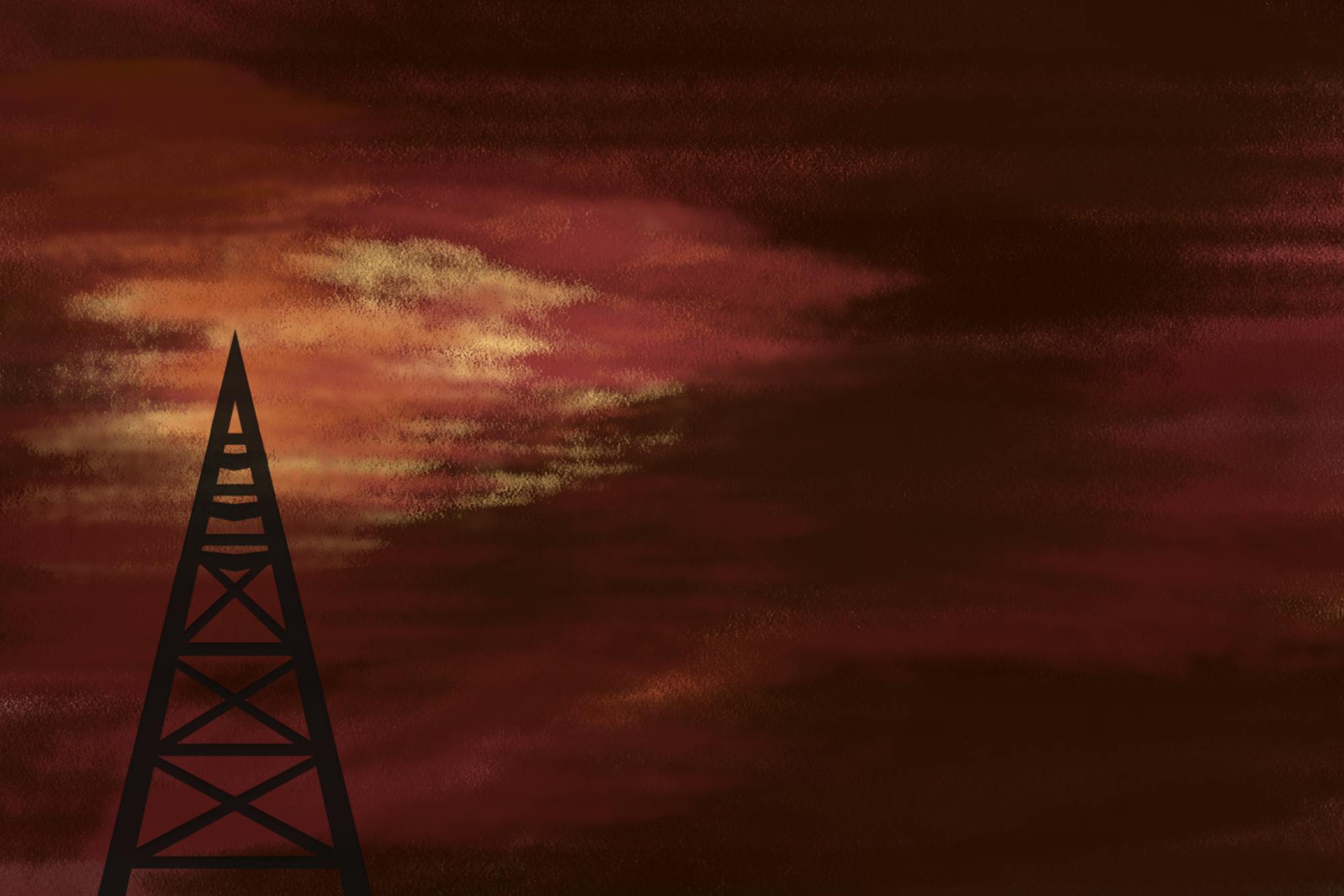On Jan. 16, the Hopkins Center for the Arts, in collaboration with the Hood Museum of Art and the Irving Institute for Energy and Society, hosted five members of the Osage Nation for a panel titled “Osage Nation Leaders and Artists in Conversation.” The panel discussed the artists’ and leaders’ filming “Killers of the Flower Moon” and their hopes for the film following its screening at the Loew Auditorium on Jan. 7.
The panel on Tuesday evening consisted of Marla Redcorn-Miller ’89 and Moira Redcorn ’88, who were joined by members of the crew of “Killers of the Flower Moon” Tahlee TJ Redcorn, Yancey Red Corn and Fields. Jami Powell, associate director for curatorial affairs and curator for Indigenous art at the Hood and a citizen of the Osage Nation, served as the moderator for the panel.
The panel was only able to welcome TJ Redcorn and Fields in person due to weather-associated travel complications. The other panelists joined the panel virtually. Addie Roanhorse, assistant creative director of “Killers of the Flower Moon,” was originally scheduled to be on the panel but was unable to attend.
Listening to the perspectives of so many creatives involved in the making of a critically successful and groundbreaking film resonated deeply with attendees, as panelists recounted their experiences working on or close to the film.
A few hours prior to the panel, a Lunch and Learn was held with artists Yatika Fields and TJ Redcorn.
Around 50 students and community members gathered together for the Lunch and Learn, which was held at the Hanover Inn, according to Powell. This Lunch and Learn featured a short-notice artist talk with Fields about his painting “White Buffalo Calf Women March,” which is currently on display at the Hood aimed to encourage dialogue about Indigenous land sovereignty.
Fields’s painting memorializes his experience at Standing Rock Reservation during the 2016 Dakota Access Pipeline protests. Hearing from him about his process in creating art to remember this time in his life left a lasting impact, attendees said.
“It gives [the painting] a whole different dimension” Daniel Lin ’23, a current library digital media fellow who attended the Lunch and Learn, reflected. “I’ve always been interested in that line between art and activism.”
“Having his presence in the space means something,” Ivy Fu ’GR, 2023-24 Hopkins Center Fellow, said. “I think what was really sharp was how he went through his relationship — his close relationship to the people [with whom he protested].”
Lauren Kang ’25, a 2023-24 Hopkins Center Fellow, with a personal interest in fashion, was drawn to the specialized knowledge that many of the panelists brought to the film’s creative process, including in costume design, amongst other mediums.
“Hearing and seeing their excitement and their passion was really engaging to me,” Kang said.
Many of these panelists held strong ties within both the Dartmouth community and the Osage Nation. The importance of this event featuring panelists with strong Dartmouth connections, as well as centering Indigenous voices, was not lost on attendees. Lin acknowledged the importance of events that center Indigenous arts, given the College’s history, as did Powell during the panel.
“It makes a lot of sense, given the history of our institution, that the College holds these Indigenous-focused events,” Lin said.
Other attendees reflected on the ties between Dartmouth and the Osage people.
“It makes it so much more personal that we have people so closely related to [Dartmouth] that are also so closely related to the experiences in the film,” Kang said.
Ramsey Ash ’24 is a quantitative social science and music double major from Huntington, West Virginia. In addition to writing for the Arts section, Ramsey is involved in The Dartmouth College Wind Ensemble, the Dartmouth Clarinet Choir, is co-president of Musical Empowerment at Dartmouth and is a Hopkins Center Fellow.




